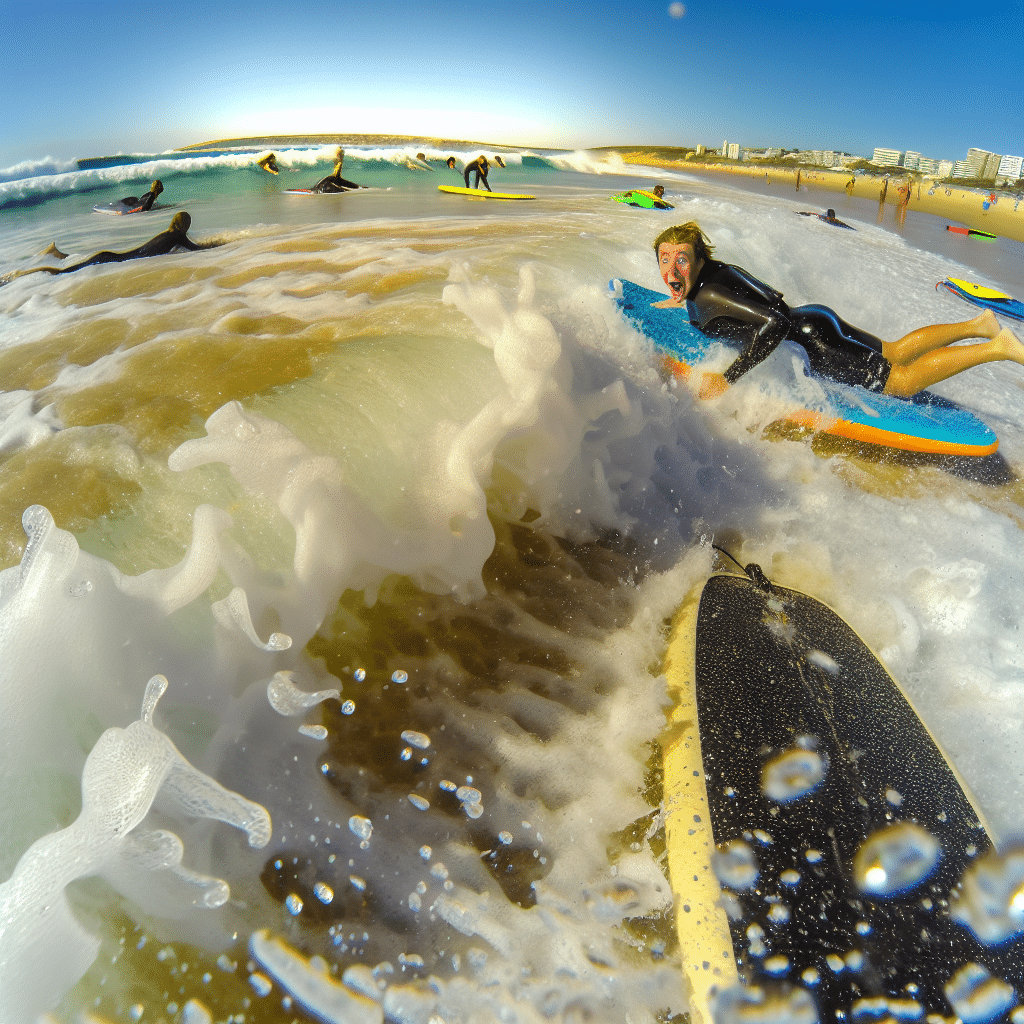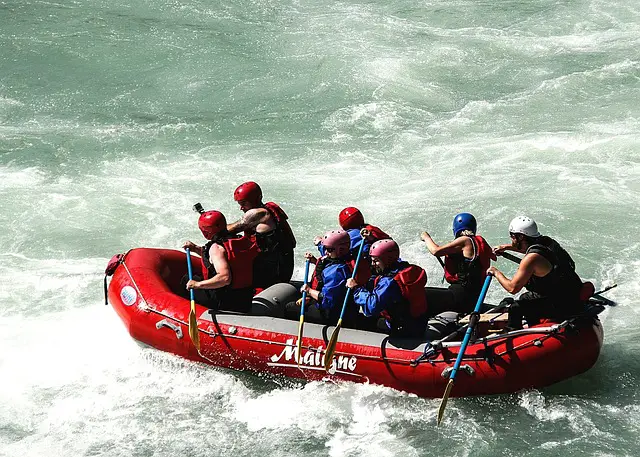What Is Boogie Board Surfing?

Imagine riding the waves without the need for standing up. Boogie board surfing, also known as bodyboarding, is an exhilarating water sport where a surfer rides waves on a board while lying on their stomach or occasionally kneeling. Unlike traditional surfing, which requires standing on a larger board, boogie board surfing offers a more accessible and user-friendly approach to catching waves, catering to both beginners and seasoned surfers alike.
The Origin of Boogie Board Surfing
Boogie board surfing traces its roots back to the 1970s when Tom Morey, an engineer and avid surfer, invented the first bodyboard in Hawaii. Named the “Morey Boogie,” the revolutionary invention made wave riding more inclusive, opening the sport to people of all ages and skill levels. Morey’s design was lightweight, flexible, and capable of withstanding stronger wave forces, making it an instant hit among water sports enthusiasts.
Why Choose Boogie Board Surfing?
Accessibility and Ease of Use
Boogie board surfing’s appeal largely lies in its accessibility. For those intimidated by the balance and agility required in traditional surfing, boogie boarding serves as a perfect introduction to the world of wave riding. The lower center of gravity while lying down on the board makes it easier to handle and control, reducing the risk of falls and making the learning curve much gentler.
Fitness and Health Benefits
Boogie board surfing is not just fun; it’s also an excellent workout. Paddling through the waves engages the upper body, improving muscle strength and cardiovascular health. The act of catching waves also tones the core muscles and enhances overall balance. Plus, the sheer joy and exhilaration of riding waves act as a natural stress reliever, boosting mental well-being.
Essential Gear for Boogie Board Surfing
The Boogie Board
The most obvious piece of equipment for boogie board surfing is the boogie board itself. Typically shorter and wider than traditional surfboards, these boards are often made from materials like polyethylene or polypropylene, which provide a balance of buoyancy and flexibility. It’s essential to choose a board that matches your size and skill level for an optimal experience.
Swim Fins
Swim fins are crucial for providing the propulsion needed to paddle out to the waves and catch them effectively. These fins are shorter than those used in scuba diving, designed to enable quick and powerful kicks to navigate through the surf.
Leash and Wetsuit
A leash, attached to the wrist or upper arm, ensures you don’t lose your board in the waves. A wetsuit helps in maintaining body temperature, especially in colder waters, and provides an additional layer of protection against abrasions from the board or ocean floor.
Where to Practice Boogie Board Surfing?
When it comes to boogie board surfing, beach selection plays a crucial role. For beginners, sandy-bottom beaches with smaller, manageable waves are ideal. Beaches like Waikiki in Hawaii or La Jolla Shores in California are famous for their gentle waves, making them perfect starter spots. As skills progress, one can venture to more challenging locations like Pipeline in Oahu or Huntington Beach in California to experience the full thrill of boogie boarding.
Conclusion
Boogie board surfing offers an exciting, accessible way to enjoy the ocean, making it an excellent option for adventurers of all ages and skill levels. From its storied origins to its myriad health benefits and the essential gear needed, boogie boarding opens up a world of wave-riding fun and fitness. So, grab your board, don your fins, and dive into the exhilarating world of boogie board surfing. The waves are waiting!



